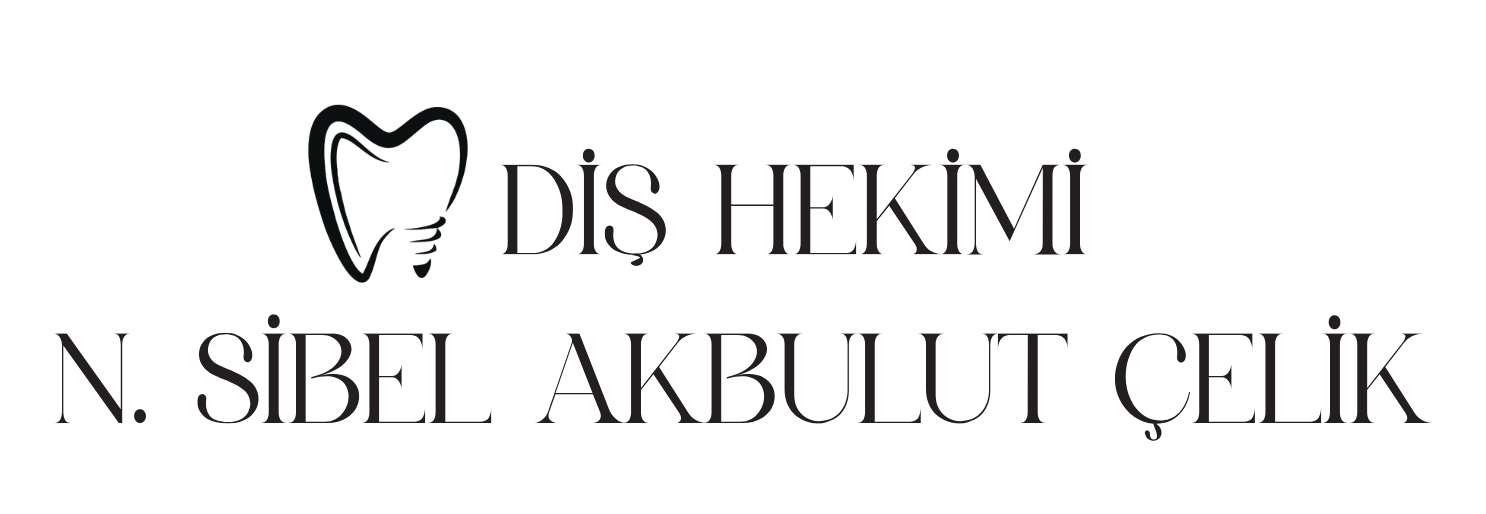What is Gum Disease Treatment?

Gum disease treatment consists of interventions to address inflammation, bleeding, swelling, and recession of the gums. The goal is to maintain the health of soft tissues around teeth, prevent tooth loss, and restore oral health balance.
When is Gum Disease Treatment Needed?
If there is bleeding, redness, or swelling of gums
Persistent bad breath
Gum recession or tooth mobility
Accumulation of tartar
Presence of gingivitis or advanced periodontitis
Advantages of Gum Disease Treatment
Prevents tooth loss
Halts recession and inflammation
Eliminates bad breath
Creates a more aesthetic smile
Has positive effects on general health (reducing risks of heart disease, diabetes, etc.)
Types of Gum Disease Treatment
Tartar Removal (Scaling): Cleaning hardened plaque from teeth using ultrasonic devices.
Curettage (Deep Cleaning): Removing bacteria and inflamed tissue from periodontal pockets under local anesthesia.
Periodontal Surgery: For advanced cases, surgically opening pockets, cleaning, and, if needed, reshaping bone.
Laser Gum Treatment: Bloodless and comfortable method—laser removes inflamed tissue and accelerates healing.
Precautions in Gum Disease Treatment
Before the Procedure:
Thorough oral exam and panoramic x-ray to determine disease level
Assessment of patient’s general health
Reduction or cessation of smoking (which negatively affects healing) clinicsibelcelik.com+2clinicsibelcelik.com+2clinicsibelcelik.com+2
After the Procedure:
Mild sensitivity and slight bleeding are common in the first days
Eat soft, warm foods
Use antibiotics or mouthwash as recommended by the dentist
Brush at least twice a day and support with floss or interdental brushes
Do not skip regular check-ups
